Lucie Horsch, 22-year-old recorder virtuoso, is one of the six chosen participants (this year, four soloists and two formations) of the Rising Stars programme. The joint initiative of the European Concert Hall Organisation (ECHO) gives the opportunity for young artists every year to enchant the audience in many different venues of several countries in a row. In the Müpa, it means a three-day festival and three times two concerts. We talked to Lucie Horsch, who is from the Netherlands, in the midst of her preparations and excitement before the huge adventure.
How did it feel when you were chosen for the Rising Stars?
It is so exciting. I remember the feeling when I heard about the joint decision of the Het Concertgebouw Amsterdam and the Kölner Philharmonie to nominate me. I was thinking: “Wow, so many opportunities to perform!” I’m very happy about the tours, seeing all the different cities, some of them for the first time. I love travelling.
How many concerts will you give?
Seventeen. There will be one concert in each city with a slightly different programme everywhere, so there’s a lot to prepare for. I usually play shorter pieces to show the variety of the music you can make with a recorder, but if a concert hall wants something longer, ‘fuller’ with an interval, then I really need to change everything. It’s not like adding or taking out a single piece, but the order and the other pieces need to change as well. I definitely won’t get bored of the programme!
This is in fact a crucial point for me. I always like to have some continuity, to tell some story with my concerts. They go from one point to another; there are so many things you can associate music with. I love the process of making programmes, figuring out how the whole big system of several artworks will work out, how one piece will transition into the other. Sometimes it’s better to have applause between pieces, sometimes not. My concerts are a complete performance, not only single pieces randomly coming after each other.
At the concert in Hungary, you will play a lot of early music, but not only that. You will include three pieces by György Kurtág, which is only planned for this specific concert hall. Why did you choose to do that?
I commissioned a contemporary piece by Lotta Wennäkoski, a Finnish composer who used to study in Hungary. I first met her in Budapest when I played another piece by her: ‘Zeng’ (means ‘resonates’, ‘resounds’ in Hungarian). Budapest connected us back then, so I thought it would be nice to introduce her new piece through some Hungarian music, and Kurtág’s short impressions are perfect for that. It is very imaginative music with many oriental influences, especially in the Sappho-Fragment. Also, there are some similar passages in Lotta’s work. It is very sensual, dramatic, sometimes it sounds like singing, sometimes like sighing. So her music relates well to Kurtág.
So when they choose you for Rising Stars, is it part of the task to commission a piece and then perform it?
Yes, I had a big say in choosing the composer. Of course, had I had no idea, they would have chosen someone for me, but there was no doubt from my side: I really wanted to work with Lotta. It was a huge challenge for her as well, as she hasn’t written too much for recorder before. Her ‘Zeng’ piece was an exception, not the rule. She was definitely not an expert of this field when we started to work together. That was actually a good start, as she can think really creatively. She comes up with ideas that hasn’t been encountered before for this instrument, not even in contemporary music.
I was deeply involved in the artistic process too. We had Zoom calls, where she, for instance, showed me freshly written sections and asked: “How would you play this?”. Then I was like: “Hmmm, let me see.” Sometimes she got new ideas from our joint work, like: “Oh, you can put the recorder in your nose!” (we both laugh) She used everything she could think about. The result is a fun piece, and Lotta even has a very good feeling for the visual aspects. For example, she told me to turn the recorder at some points. It is kind of an athletic expression. It has an overarching, constant pause, as if someone was chased. The rhythm is a bit like a heartbeat.
Does turning the recorder change the sound?
Yes. The recorder is a very direct instrument. You can blow in it several ways, and it will still make all kinds of different sounds. That wouldn’t work with a trumpet, for instance. Lotta used that aspect in her work, too.
It sounds like contemporary music uses a lot of opportunities of the instrument itself. But how about early music?
The physical side of playing the recorder is very intuitive, as early music composers did not write a lot of instructions on how to stand or sit, and so on. However, it was exactly yesterday that I played Telemann’s Fantasia. There is a movement in it called á la francaise, with a melody imitating the sound of a French bagpipe. When I played that part, I sang into the recorder creating a bourdon tone with my own voice. It fits the piece well, and people appreciated it very much. This little innovation makes the music more alive.
But with early music, you always need to go from the context of the written composition and exactly know what you do. It should be precise, a real concert, not just a show that uses the musical notes as a mere inspiration. In the case of contemporary music, it is a different approach. One often has to go further, because it will benefit the music. However, in the case of the baroque, the further you go, the further away you get from the music itself. One needs to be very creative in any case.
This sounds like that cliché in arts that ‘you need to learn the rules to break them’.
Exactly. This is true especially for early music. Even for contemporary music, you need to have a basic knowledge in general: how to phrase things, what to do with the instrument and when, and so on. Composers always work from their experiences, music they listen to, so contemporary music also always connects to the past.
Lotta, for instance, is very much influenced by folk music. There is that certain pattern in her compositions, like they are usually very rhythmical. If you know that detail about her, you understand her music better. It is always a bit of a guessing game during the interpretation of a brand new piece, but the more you know, the more it helps in that process. In the end, you have to make the music in the moment for the people you are playing for.
Another example in Lotta’s case is the Finnish language. Just like in Hungarian, the emphasis is on the first syllables. I didn’t know that first, and I played it more like an upbeat. Nevertheless, if you know how the language of the composer is formed, you get closer to their mindset. Especially if it is folk music based, like in this case. Lotta even used two Hungarian folk melodies in the ‘Zeng’.
OK, you played it differently, but I guess it was not ‘wrong’, it was just an interpretation.
That is technically true, but once I understood the logic behind her non-Indo-European language, the piece suddenly started to make more sense. It was like the ‘click’ moment when you understand something about a foreign language you learn. Musical compositions are, in some sense, an extension of how we think in our native languages. And if music comes more to life when you change something, then it justifies the change.

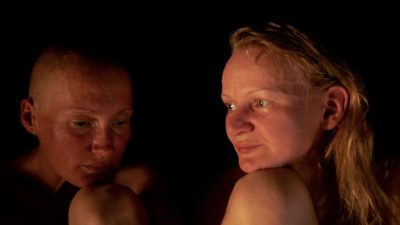
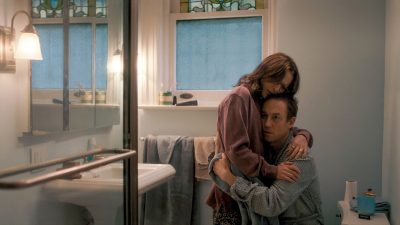
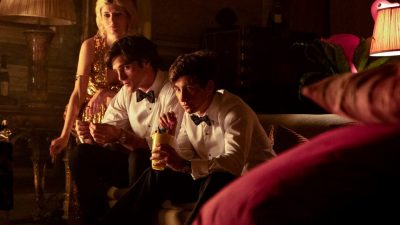
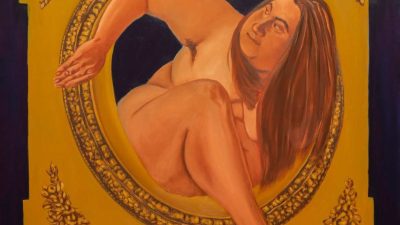
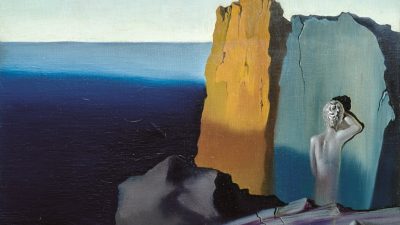



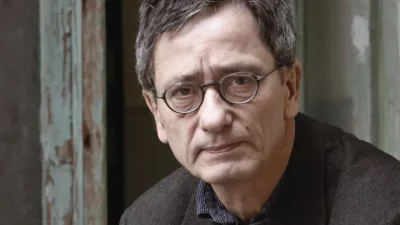



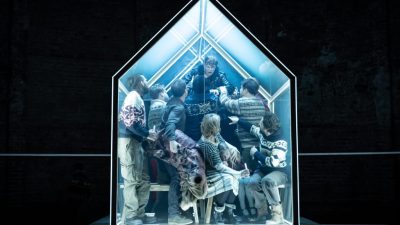






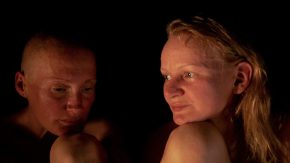
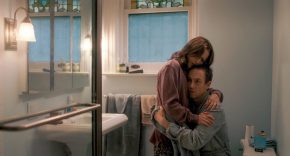

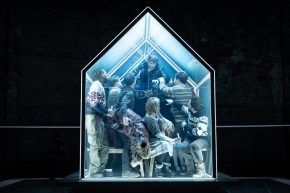


Comments